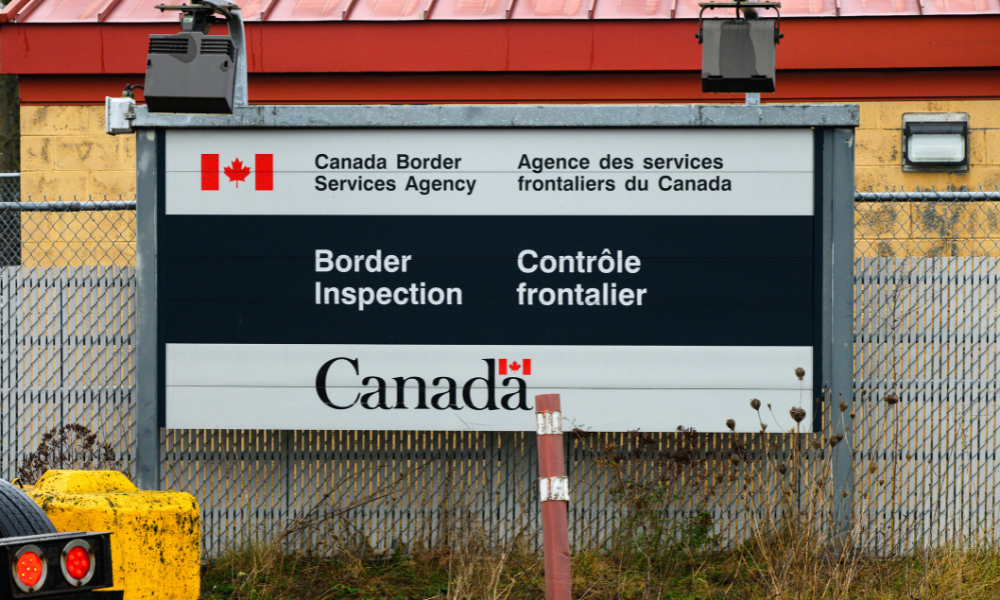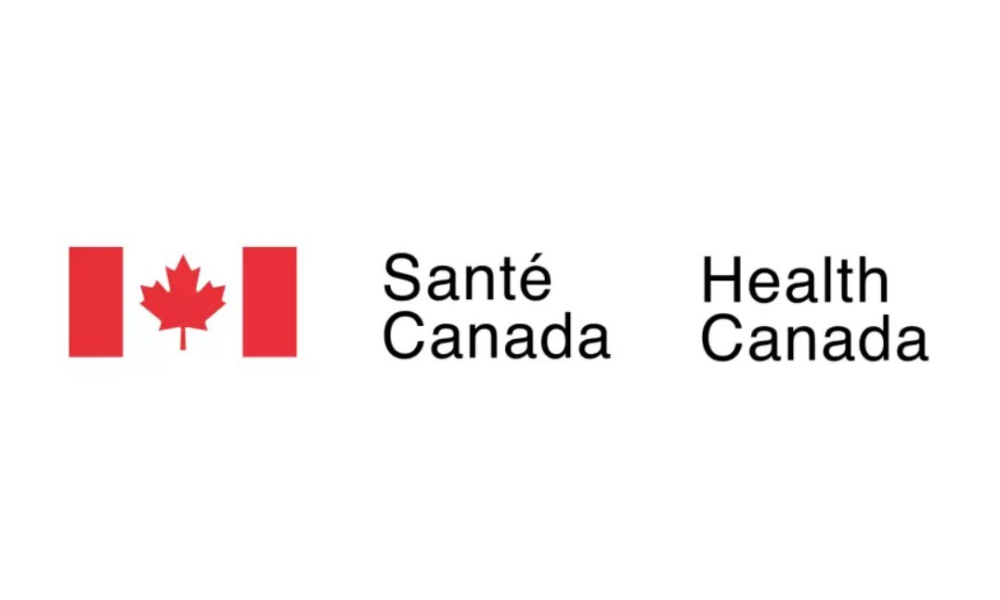Why leaders should expect a "tonne of new work" added to their responsibilities

As we kicked off 2023, wise words were shared by last year’s CSEA Safety Leader of the Year, Lee-Anne Lyon-Bartley, who warned occupational health and safety professionals could see many other designations, certifications, and acronyms added to their titles and professional requirements. This idea was expanded on in detail during a recent webinar hosted by Matthew Allen.
“The future of health and safety programming will go far beyond the traditional regulatory and physical worker safety model. It will become far broader in its reach and far more all-encompassing,” says Allen, regional vice president at RINA Services.
From mental health initiatives to the principles governing diversity, equity, and inclusion, social responsibility, the environment, and even cybersecurity could all soon fall under the responsibilities of health and safety professionals. “You get the feeling sometimes they are on an island of one” says Allen about safety leaders, “that can be a lot of pressure.”
Allen walks through these topics and much more in the webinar called “Future-Proof Your Health & Safety Program.” There are many highlights from the one-hour session, but here a four to think about.
Mental Health
Allen says traditionally the occupational health and safety profession has focused on physical hazards and control methods, but now, as many of you have likely already experienced, mental health and the risks that threaten mental wellbeing are becoming much more prevalent in today’s workplace.
Health and safety leaders are working more closely with their colleagues in human resources to reduce stress and anxiety in the workplace. Allen suggests safety leaders consult with medical professionals to better understand the challenges in this area, because it is often influenced by more than just the work environment.
“We’re so aware of everything in the 24/7 news cycle, this can tend to compound mental health, stress, anxiety, and health issues,” says Allen. The presentation includes a slide on psychosocial risk management, and Allen believes “this is where it is truly hitting us in OH&S programming and the profession.”
Diversity, Equity, and Inclusion
Diversity, equity, and inclusion (DEI) is another area where health and safety leaders may not have much knowledge or training, and yet it impacts the overall sense of safety among workers. The types of workers are also changing, according to Allen, who points to global mobility and an ageing workforce as two factors shaping the makeup of today’s employees.
With a skilled-labour shortage impacting just about every aspect of the economy we are seeing greater global mobility among workers. “A once monochromatic, or monolithic work environment could now have a whole tapestry of cultural considerations,” explains Allen.
Language, signage, and effective communication during training may all need to be considered when health and safety leaders are creating and implementing their systems. The workforce is also getting younger, with baby boomers retiring, and in some cases even taking early retirement. Allen says younger workers have different expectations when it comes to DEI principles.
Cybersecurity threats
Cybersecurity has typically been the realm of IT professionals, and that isn’t changing, but Allen says health and safety leaders will need to collaborate with them more closely to ensure workers, and potentially other aspects of the business, are digitally safe.
Allen points to ransomware attacks, including within Canada’s healthcare sector, as warnings that nobody is truly safe from malicious actors online. “It seems to be a daily news item. Massive disruptions, massive loss of money, impacts on brand, and customer confidence in our ability to maintain secure and private data.”
If you work in healthcare or financial services, there is a high probability the company handles sensitive personal data and likely already has sophisticated systems in place to protect it. But technology within other industries may have less protection and if tampered with it could have deadly consequences.
“If this equipment is an emergency response indicator or a monitor for someone doing work alone activities, well if that relay switch goes down, we lose the ability to keep them safe. So, looking at those exposures within your infrastructure is important.”
ESG and Sustainability
Sustainability can mean many things and is an “overarching topic.” Allen says there is a revolution underway leading to increasingly strict reporting requirements around waste, emissions, and carbon footprints.
Many organizations are adopting the United Nations Sustainable Development Goals as part of their own corporate policies. They look at the impact of operations on the ecosystem, the broader climate, and view the local community as a stakeholder.
“It’s going to create a tonne of new work for the profession. Programs will need to be significantly modernized,” says Allen. Depending on the nature of the industry and the business will determine exactly what kind of adaptations need to be made.
“It’s going to force our businesses to adopt new technologies, processes, and materials. That creates the need to assess new hazards, new equipment, provide new training, and monitor OH&S data in the field.”
It’s a lot for any safety leader to tackle alone. Don’t allow yourself to be on an island of one and instead leverage the people around you while consulting with the various outside experts to tackle these challenges as a team.





